Donald Greenspan9812387226, 9789812387226, 9789812565495
This book can serve either as a handbook or as a text. Methodology, intuition, and applications are interwoven throughout. Nonlinearity and determinism are emphasized. The book can be used on any level provided that the reader has at least some ability with numerical methodology, computer programming, and basic physics. It will be of interest to mathematicians, engineers, computer scientists, physicists, chemists, and biologists.
Some unique features of the book include: (1) development of turbulent flow which is consistent with experimentation, unlike any continuum model; (2) applicability to rotating tops with nonuniform density; (3) conservative methodology which conserves the same energy and momentum as continuous systems.
Table of contents :
Contents……Page 8
Preface……Page 6
Problem Statement……Page 12
1.1. Nonlinear Oscillation……Page 14
1.2. Concepts from Special Relativity……Page 16
1.3. Relativistic Oscillation……Page 20
1.4. Numerical Methodology……Page 21
1.5. Remark……Page 26
2.1. Introduction……Page 28
2.2. Numerical Methodology……Page 29
2.3. Conservation Laws……Page 30
2.4. Covariance……Page 33
2.5. Perihelion Motion……Page 37
2.6. The Fundamental Problem of Electrostatics……Page 42
2.7. The Calogero Hamiltonian System……Page 45
2.8. The Toda Hamiltonian System……Page 49
2.9. Remarks……Page 51
3.1. Classical Molecular Forces……Page 54
3.2. Equations of Motion for Water Vapor Molecules……Page 55
3.3. A Cavity Problem……Page 56
3.4. Computational Considerations……Page 58
3.5. Primary Vortex Generation……Page 60
3.6. Turbulent Flow Generation……Page 61
3.7. Primary Vortices and Turbulence for Air……Page 65
3.8. Simulation of Cracks and Fractures in a Sheet of Ice……Page 66
3.9. Shocks in a Nanotube……Page 75
4.2. Particle Arrangement and Equations for Water Vapor……Page 84
4.4. Examples……Page 88
5.2. Formula Derivation……Page 96
5.3. Example……Page 99
6.2. Local Force Formulas……Page 102
6.3. Dynamical Equations……Page 108
6.4. Drop and Slab Stabilization……Page 109
6.5. Sessile Drop Formation……Page 111
6.6. Remark……Page 114
7.2. Formulation of the Particle Model……Page 116
7.3. Basin of Water Stabilization……Page 121
7.4. Carbon Dioxide Bubbles and Their Motions……Page 123
8.2. A Discrete, Dodecahedral Top……Page 134
8.4. Numerical Method……Page 137
8.5. Examples……Page 138
8.6. Remarks……Page 145
9.2. The Computer Algorithm……Page 148
9.3. Example……Page 149
10.2. Generating a Ball as a Particle Model……Page 154
10.3. Examples……Page 158
11.2. Discrete Strings……Page 164
11.3. Examples……Page 165
11.4. Remark……Page 173
12.2. A Particle Model of a Minimal Surface……Page 174
12.3. A Monkey Saddle……Page 176
Appendix I A Generic Program for Kutta’s Fourth Order Formulas for Second Order Initial Value Problems……Page 182
Appendix II Newton’s Iteration Formulas for Systems of Algebraic and Transcendental Equations……Page 184
Appendix III The Leap Frog Formulas……Page 186
References and Additional Sources……Page 188
Index……Page 192
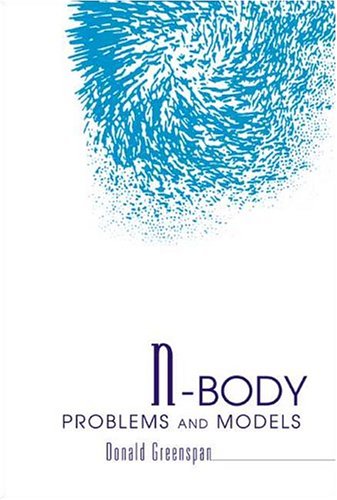
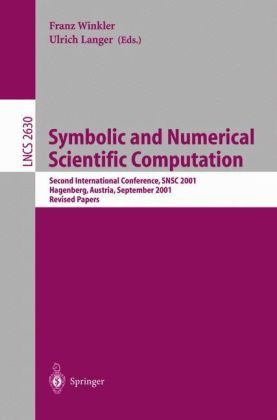

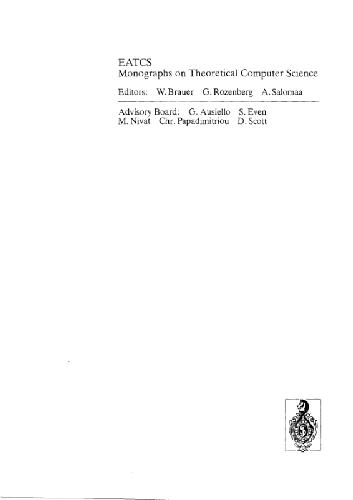
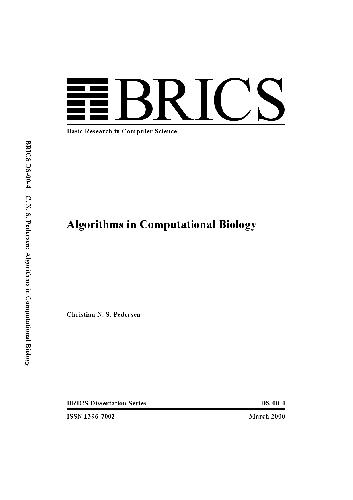
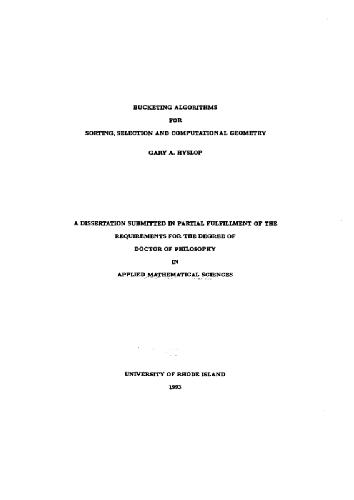
Reviews
There are no reviews yet.